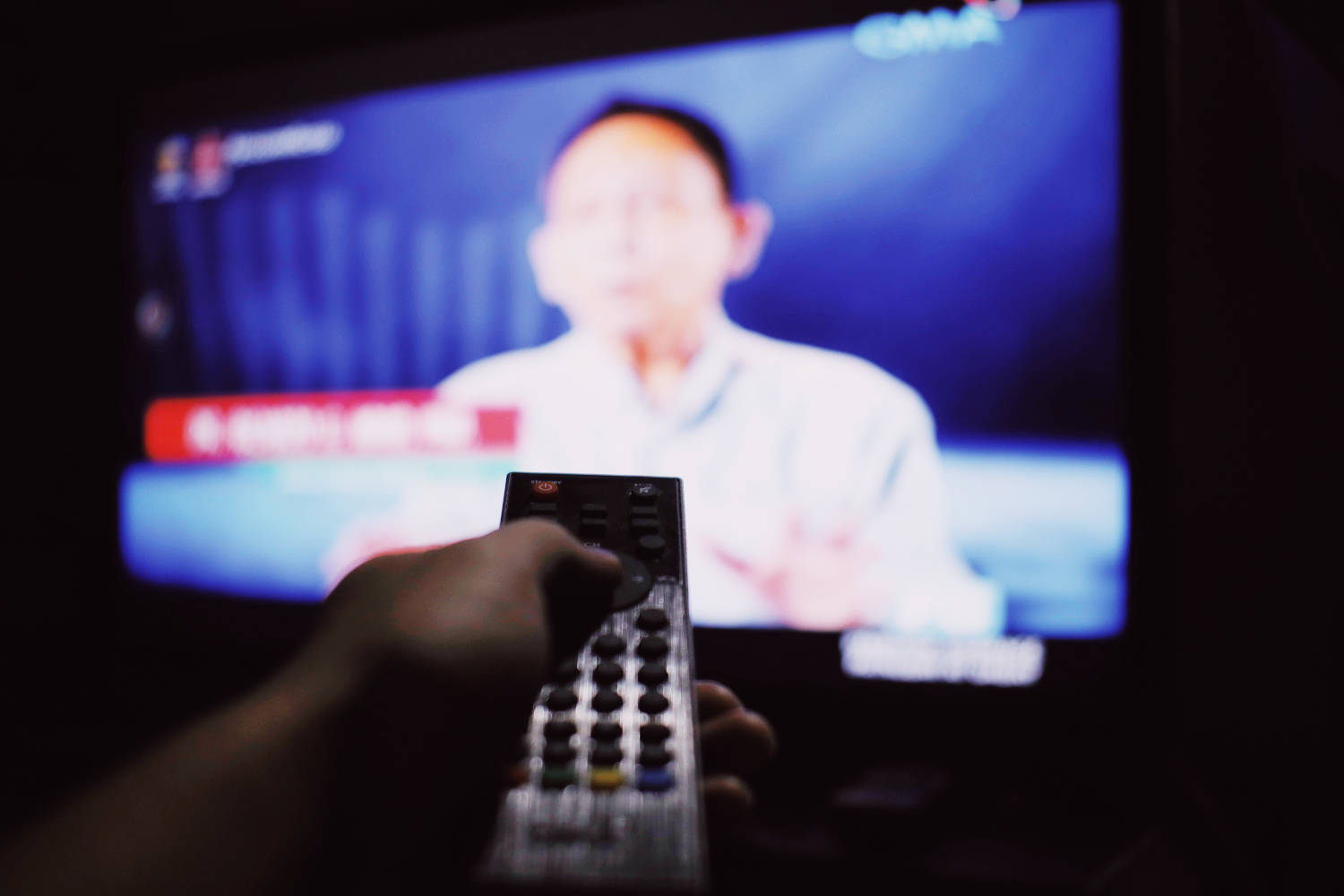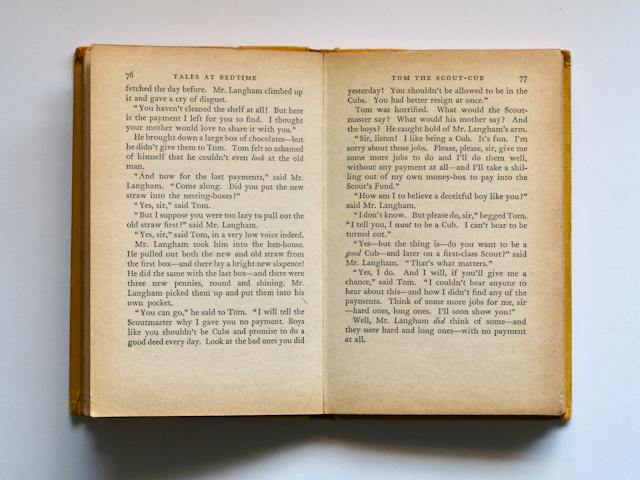When you want to find out what is real and what is not, you have to turn to evidence. If the police wants to find out who committed a murder, they will not just sit in a chair and “feel the truth”, they will look for evidence. You cannot feel truth. In my series the intricate pattern of the brain, I argue that it might be true that when you discover a pattern, it will release a certain feeling, but that feeling has got nothing to do with it being true. This feeling will also be released when you discover the pattern incorrectly, or when you discover it in fiction. In this article, I want to write about people who only seems to want to believe those things that feel good, instead of what the evidence suggests. I want to call them belief addicts.
Belief addiction
In my article, the intricate pattern of the brain: pride, shame, and the opium memory object, I argue that people can develop certain structures in their heads that I called opium memory objects (OMO), that act as lightning rods. Their purpose is to deflect any incoming stimuli that otherwise would create anxiety. These stimuli can then safely be deflected into, for instance, pride, so that pleasure is released instead of anxiety.
They can do this by making up a set of excuses that are meant to deflect any form of criticism. So, for instance, when former president Trump lost the elections, many people started to make up and spread excuses, as to not have to accept the results of the election. These OMO’s deflected the news that Trump lost the elections into their belief that “the main-stream media isn’t honest about fraud in elections”. They started to believe that they had some sort of special insight in the “many” “fraud” cases. All of these OMO’s, of course, came straight from Donald Trump, who widely spread them on social media. But they also came from the right wing media, who spread these OMO’s to appease their base. These excuses are all meant to deflect the incoming stimuli into the brains of Trump supporters away from the acceptance that Trump lost, which would feel horrible to them, and into, for instance, a feeling of pride in the belief that they are “protecting” the US against “usurpers”. It doesn’t have to be true, as long as it provides the feelings of pleasure. The longer they remain in this state of disbelief, the more ashamed they will feel if they would acknowledge the loss, which, in turn, will lead to an even lower likelihood that the thread will ever accept reality.
Basically, what these people do, is to try to calm their anxiety. When a drug addict flees into a world of sedation, they also try to temporarily flee the anxiety they feel. I would argue that it is not the sedation of the drug itself that they are after, it is the calmness in the brain that procrastination gives them. They can lock themselves out of reality, and into a world where anxiety doesn’t exist, at least for a couple of hours. Belief addicts do the same thing. Ultimately, drug or alcohol addicts are also belief addicts.
Cognitive dissonance
I would argue that belief addiction can become especially problematic when the addict is in a state of cognitive dissonance. I would argue that this happens when the external stimuli penetrate the OMO structure, the lighting rod, and shame is inevitably felt. There simply is too much evidence in the external stimuli, and they cannot get around it. An even stronger OMO structure is needed. In the meantime, the anxiety forces the addict to make a decision between fight or flight. Since it is hard to flee society, fight is chosen. They get angry, and try to prevent the external stimuli from coming in. They do this by accusing others of being treacherous somehow, or by trying to change the topic, or by trying to end debates quickly by yelling OMO’s, or by using any other tricks that I have summed up in my article about pride, shame, and the opium memory object. These tricks and excuses will become an even stronger OMO structure in the future, which, in turn, will make it that they will never accept reality.
The lion’s den
When the cavemen of old had to remember which places in their environment were safe, and which were dangerous, they had to map out their surroundings in their heads, attaching pleasure to the places that were safe, and provided food and shelter, and attaching anxiety to the places that were dangerous, like the location of a lion’s den. By mapping out the lion’s den in his head, a caveman could alter course once he realized that he was moving towards the lion’s den. When his brain predicts that the path he chose will lead him to the lion’s den, he will feel anxiety. This anxiety will steer the thread of his thinking towards a more pleasurable place, which, in turn, will steer his body. The caveman changes course, and will never end up at the lion’s den. The anxiety prevented him from coming near.
I would argue that in the heads of belief addicts, something similar is happening, only metaphorically. The anxiety does not represent an actual place that has to be avoided, but the acceptance of a certain fact. Instead of accepting the fact, and therefore accepting the anxiety, the belief addict looks for a “detour” around the anxiety. Unlike the caveman, though, this detour only exists in their heads.
Social media
Social media is often blamed for the creation and spread of certain beliefs. Though I will not argue against the important role that social media plays in spreading and solidifying certain beliefs, I do think that social media is at the end of the belief formation process, and not in the beginning. I would argue that for a lot of people to come to social media with OMO patterns that are so similar, that they, together, start to fabricate even more intricate belief structures, there needs to be a more central “point of entry”. Since everyone’s life is influenced by politics, at least to some degree, it is a thing that everyone is exposed to. Politicians are therefore very influential people, and when they start to spread certain OMO structures, they will inevitably end up in many people’s heads.
In our Western democratic societies, we have a system set up to try to prevent politicians from lying to people. It is not the task of social media to fact-check lying politicians, even though it can, but of the normal media. When normal journalists do not do their jobs properly, OMO’s can spread far and wide.
There are, however, an increasing amount media on the internet that blatantly peddle belief. They often, but not always, hook into the belief peddling that is done by certain main stream politicians or media. Their influence is growing.
The media and belief peddling
The media, and some media in particular, seem to be a prime source of belief addiction. In all sorts of ways, they seem to consciously, or unconsciously, feed into this, because they notice that they can make a lot of money with it. They, for instance, start to filter out certain evidence from their news feed, because they know (some of) their audience doesn’t want to hear it. This way, they can keep their news feed safe for the belief addicts in their audience.
I would argue that there are two forms of belief peddling: blatant, and “both sides”.
Blatant belief peddling
Blatant belief peddling is a form pseudo-journalism that is practiced by media that have a one-sided audience. The audience is kept entertained by feeding it conformations of their beliefs. So, if, for instance, the audience hates immigrants, the medium filters the news in such a way that immigrants are often seen committing crimes, and statistics that say that immigrants do not commit so many crimes are ignored, or put in doubt. This way, they make the medium safe for the belief addict. Their OMO’s are constantly reinforced by such a medium.
You can recognize this type of medium, by looking at how the opposite side is represented. Are their arguments and evidence fairly represented, or are they hidden, quickly glossed over, or ridiculed? The more fairly all sides of a debate are represented, the more fair the medium is.
Benefits and examples of blatant belief peddling
The benefit to blatant belief peddling is that their audience keeps on coming back to get appeased. It is as if a drug addict goes back to their new dealer to get a fix.
The best example of recent blatant belief peddling is the US right wing media claiming, without evidence, and filtering out the counter-evidence, that the 2020 elections were “fraudulent”.
“Both sides” belief peddling
To appease the audience on multiple sides of a debate, some pseudo-journalists resort to “both sides” belief peddling. Their news feed does not revolve around multiple sides who each try to prove their point to the best of their ability, but asks two, or “both”, sides, for quotes. Quotes, or soundbites, are short statements meant to carry a certain punch.
By allowing two sides to participate in a debate that does not revolve around “both sides” trying to prove their point, but instead about who has the best soundbites, then the audience will probably pick the side they like the most. Since there is no real evidence in the debate, any belief addicted viewer can watch “their side” “own” the “other side” in a debate, without ever being confronted with evidence that they are wrong. These types of media are therefore safe for all belief addicts, not just one from one side.
Benefits “both sides” belief peddling
The first benefit seems obvious. By making your feed safe for all belief addicts, they can all come to the news feed without being too worried that they are going to end up in a state of cognitive dissonance, even though the chance is higher than with the blatant belief peddlers. This increases the chance of the audience coming back. If the medium starts to focus on the evidence, they will alienate their audience.
The second benefit is that the medium in question can pretend to be an unbiased news source. By presenting “both sides”, they claim that they have done their due diligence. If one side has all the evidence, though, then this form of media does them a great disservice.
“Both sides” means propaganda for liars
There is nothing better for a liar than to be elevated to the same level as someone with all the evidence. By pretending that “both sides” are equal, the liar, who should get 0% of the confidence from the audience, since they have no evidence, now gets, for instance, 50%. That is a huge victory. “Both sides” pseudo-journalism, therefore, will increase lying in politics.
Lying is simply easier than telling the truth. If you tell the truth about climate change, then you have to tell people that they have to invest a ton of energy (money) in keeping things the way they are. There is no “upside”. It is also not something you can prove in three soundbites or less. When you lie, you can tell people they can travel as much by airplane as they like, without shame, and since you don’t have to prove anything, you can just promise anything you like, and just call your opponents liars. This will massively benefit the liar.
Conspiracy funnel
“Both sides” belief peddling can also lead to something I want to call the conspiracy funnel. A conspiracy funnel is formed when a certain party starts to claim ownership of a certain side of a debate. They then try to divide the remaining parties into a “for” or “against” camp. This way, the funneling party can get support from other parties which don’t really share their ideology, but do agree with them on this point.
I want to argue that the conspiracy funnel was used by the Nazis in the Weimar Republic. By claiming a leading position in the debate about the role of Jews in German society, they could position themselves as the party that “saw” the “deviousness” of “the Jews”, and the “other side” was working with “them”. This way, every time a Jew committed a crime, Hitler could funnel many people into his camp by claiming that the “other side” accepted this behavior, and only the Nazis “dared” to “stand up against them”. This way, people who would otherwise not support the Nazis, would still get behind their ideology, as if they dropped into a wide funnel.
What journalists should do
I suspect that the “both sides” pseudo-journalism finds its root in the need journalists feel to treat “both sides” “equally”. This is an incorrect way of looking at it. Journalists should look at it like this: a certain political party sends out certain individuals, who can be honest or dishonest. If they are dishonest, they lie to their own base, not to the “other side”. A lying politician is therefore a con-artist who is trying to trick their own base into believing that they are competent, and are therefore to be trusted with power. It is the job of a journalist to guard against political parties becoming infested with con-artists. They do this by exposing any liar that enters their realm. By doing this, they indicate to the party that send the liar that they have to send someone honest. The ideology is not what is judged, but the individual. If one party keeps on sending liars, then that one party needs to keep on being exposed until they send honest, competent people.
Also, blatant belief peddlers should do this, as it is in their own interest to do so. It is not in the favor of the blatant belief peddler that an incompetent idiot comes to power and wrecks the country. They also live in it! On top of that, it will wreck their future chances of governing. Competent, honest people, who can explain what they do, and back that up with data, will create progress, not fantasizing weirdos.
Danger
When addicts need to choose between their addiction and their best interest, they pick their addiction. When their addiction becomes a threat to national security, like when it leads to the leaking of a country’s secrets, then people who claim to be patriots, and who claim that they care about the military and its soldiers, will throw all of that out, and go with their addiction. They behave like junkies, and so they will just believe that there is no problem.
Belief peddling can create a snowball effect as well. I want to argue that the American Civil War might have been influenced by belief peddling that caused a snowball-effect, at least to some degree. The belief, for instance, that former slaves would kill their former “masters” in their sleep if Lincoln would come to power, could have contributed to the snowball-effect that seemed to have occurred between the election and the inauguration of Lincoln. These beliefs were spread to try to pit people up against Lincoln, so that the Democrats could win the elections, but after the elections were lost, the people who believed the peddlers were probably afraid for their lives. And so, even though some peddlers might have just peddled belief to try to win an election, for the people who believed, it became dead-serious, and they were willing to go to war. I would argue that this contributed to the cause of those who wanted to go to war all along, and it made it easier for them to do convince people to follow them.
We need real journalism!
I think that journalists, who take their profession seriously, should demand of everyone they talk to that they are informed about the topic at hand, and that they can back up their claims with evidence. No incompetence or belief peddling allowed!
It is important for journalists to show that they do their work differently than belief peddlers. They need to show that their sources are credible, by asking them how they know things, and showing that evidence. If they just let someone just say conclusions, like, climate change is real and a big threat to future generations, then it doesn’t look different from someone who says that climate change is not real. By giving concise evidence, and respond to the fake evidence at hand, a real journalist should be able to show that they are different from belief peddlers.
Maybe it is an idea for established news agencies that they start to assemble the evidence that they gather into a database, where the public can look for a topic, and find the evidence that can prove certain things, and that specifically shows that certain “main stream” conspiracy theories are wrong. This way, not only can anyone look up the evidence that, let’s say, the Washington Post or the Wall Street Journal has, but it also gives people on the internet who just want to debate what is real, the ammunition that they need in those debates. They then don’t have to scour the internet for that evidence themselves, they can just get it from CNN’s database. This will make fighting misinformation a lot easier.





